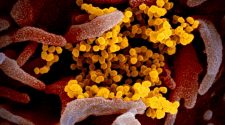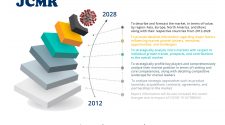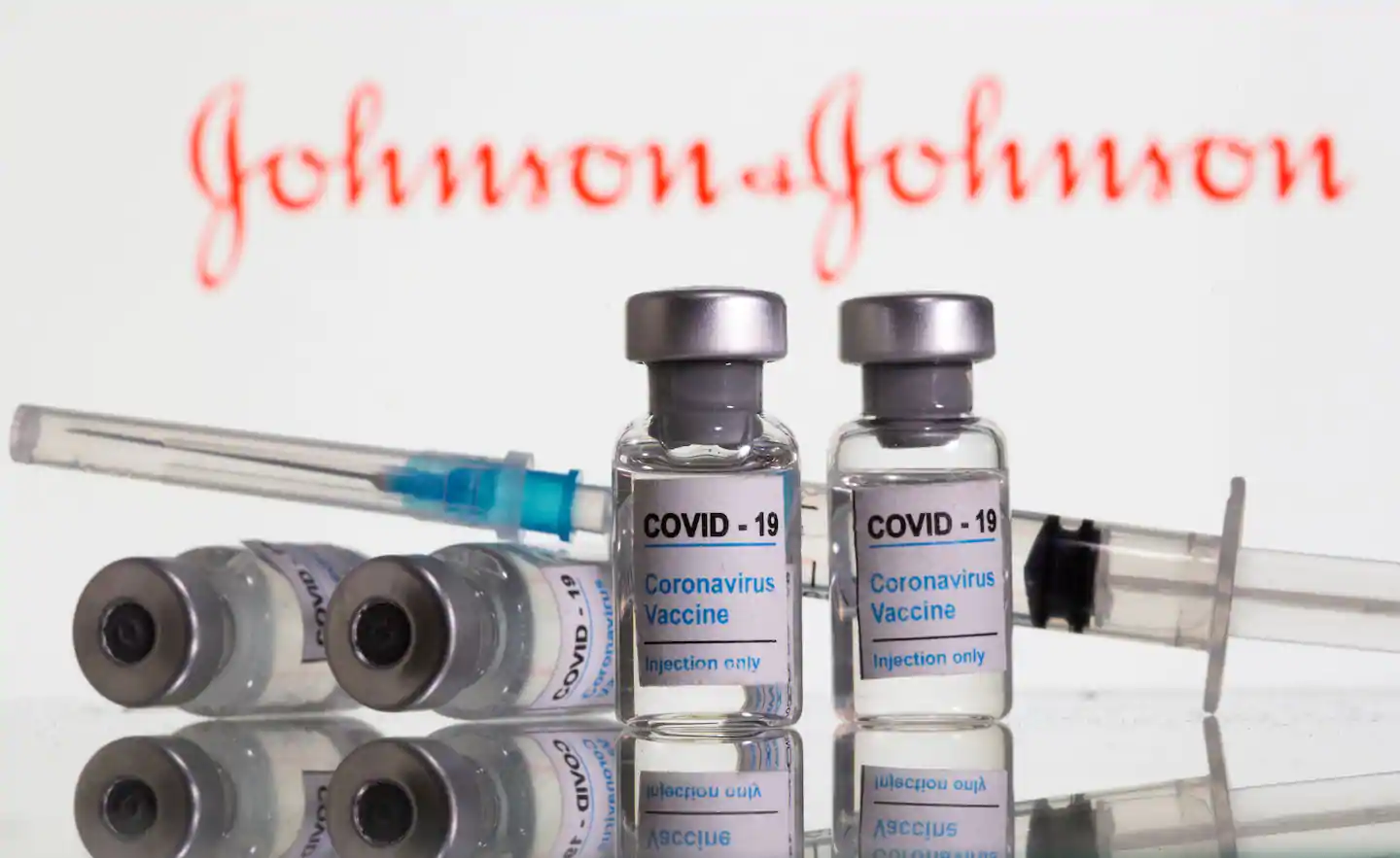The clearance of a third vaccine comes at a critical inflection point in the pandemic: After weeks of steadily declining new cases in the United States, the downward trend has stalled — “a very concerning shift in the trajectory,” CDC Director Rochelle Walensky said Friday. Experts worry that state and local officials are relaxing restrictions too quickly, and people are letting down their guard even as more contagious and possibly, deadly virus variants are on the rise. It was almost one year ago that authorities announced what was believed to be the first coronavirus death in the United States. Since then, the toll has risen to more than 500,000 deaths from covid-19, the disease caused by coronavirus.
“Covid cases and deaths are decreasing,” said Beth Bell, a global health expert at the University of Washington who leads the panel’s coronavirus vaccine working group. “But the pandemic is very far from over and many challenges are before us. The need for more safe and effective vaccines remains urgent and vital to ending the pandemic.”
The action by the Advisory Committee on Immunization Practices follows the Food and Drug Administration’s action Saturday authorizing the vaccine for emergency use for people 18 and older. The FDA action permits a vaccine to be used, while the CDC recommends to health providers how it should be used. In adopting the panel’s recommendation Sunday afternoon, CDC Director Rochelle Walensky called it “another milestone toward an end to the pandemic.”
The doses are expected to start shipping as early as Monday to sites already receiving doses of the two other authorized vaccines made by Pfizer-BioNTech and Moderna. Those locations include state health departments, pharmacies, federally qualified health centers and community vaccination centers.
Johnson & Johnson’s initial supply will be limited — 3.9 million doses are expected to be shipped this week, with an estimated 20 million doses by the end of March, officials have said. State officials already know what to expect because the number of anticipated doses for all three vaccines was included in information they received last week.
The Johnson & Johnson vaccine was 85 percent effective at protecting against severe cases of illness in late-stage trials, and there were no deaths or hospitalizations a month after participants received the vaccine. The vaccine was slightly less effective at preventing moderate illness (72 percent effective in the United States), where more transmissible variants have only recently begun to be detected.
Some experts are worried the public will fixate on that data point and pass up getting the Johnson & Johnson shot in favor of other vaccines that underwent trials at an earlier stage of the pandemic when such variants were not a factor. Panel members stressed that doing so would leave people unprotected and delay an end to the pandemic.
Officials stressed that the three authorized vaccines were not compared head to head. They were tested at different times, against different circulating variants and in settings with different levels of transmission.
“While there are differences in efficacy of the three vaccines for moderate illness, the more severe the outcome, the more similar the efficacy,” said Saad Omer, director of the Yale Institute for Global Health who is not a member of the panel. “In other words, we now have three highly effective vaccines available in the U.S. — particularly against severe outcomes such as hospitalization and death. This one-dose vaccine, that can be stored at refrigerator temperatures, is likely to enhance the ability of health departments and health systems to conduct mass vaccination.”
During a four-hour meeting, the panel received detailed presentations addressing the vaccine’s safety, benefits, feasibility and impact on equity. Members and immunization advocates expressed concern that information about the vaccine’s lower efficacy rate among some groups may confuse the public and make it even more difficult to persuade people to accept the shots in hard-to-reach rural areas and communities of color that have been disproportionately affected in the pandemic.
“I would get the Janssen vaccine in a heartbeat,” Karen Ernst, who heads Voices for Vaccines, a parent advocacy group, said during the public comment period. But she added she is concerned that because it has been reported as “less effective,” if it is put on a bus and driven to places “where people have had access issues with the other vaccines, we risk the perception that the inferior vaccine is being saved for poor people,” or communities of color, or rural residents.
Ernst called for “some real plain language and clear public education” on the vaccine’s “real-world effectiveness.”
An FDA review released Wednesday found the vaccine’s efficacy rate was lower — 42 percent — in preventing moderate illness in a subgroup of adults older than 60 who had medical risk factors, a concern raised at Sunday’s meeting by Sandra Fryhofer, a clinician representing the American Medical Association.
But FDA regulators have noted, and company representatives on Sunday also stressed, the statistical significance of that finding was uncertain. No deaths or cases requiring medical intervention were reported a month after those older adults received shots. Overall, there were seven deaths in the trial — all among those who received a placebo, not the vaccine.
With demand for vaccinations still far outpacing supply, the panel heard from a college president who urged the single-shot vaccine be used to inoculate the 53 million younger Americans who are between the ages of 18 and 29. They make up some of the biggest spreaders of virus because they live in crowded living quarters, such as residence halls and apartments, and many work in retail, leisure and hospitality industries with higher risks of exposure, said Jonathan Brand, president of Cornell College in Iowa.
He noted that many of those young people will be on the move in May and June won’t be able to easily return to the same location or state for a second shot.
The Johnson & Johnson vaccine “could jump-start a second front against covid,” Brand said, adding that colleges and universities could play a leading role in aiding such an effort. “We have the gyms, the arenas, the field houses, the parking lots.”
Matthew Daley, a panel member and clinician at Kaiser Permanente’s Institute for Health Research, celebrated how a third authorized vaccine would increase supply of a product that many people are anxious to get.
“I think now the most common greeting is, ‘have you gotten vaccinated.’ People are intensely concerned about where they are on the priority list,” Daley said. If all supplies of the three vaccines are used, he said, “then everyone essentially moves up on whatever priority list that they’re on.”
Isaac Stanley-Becker contributed to this story.
















